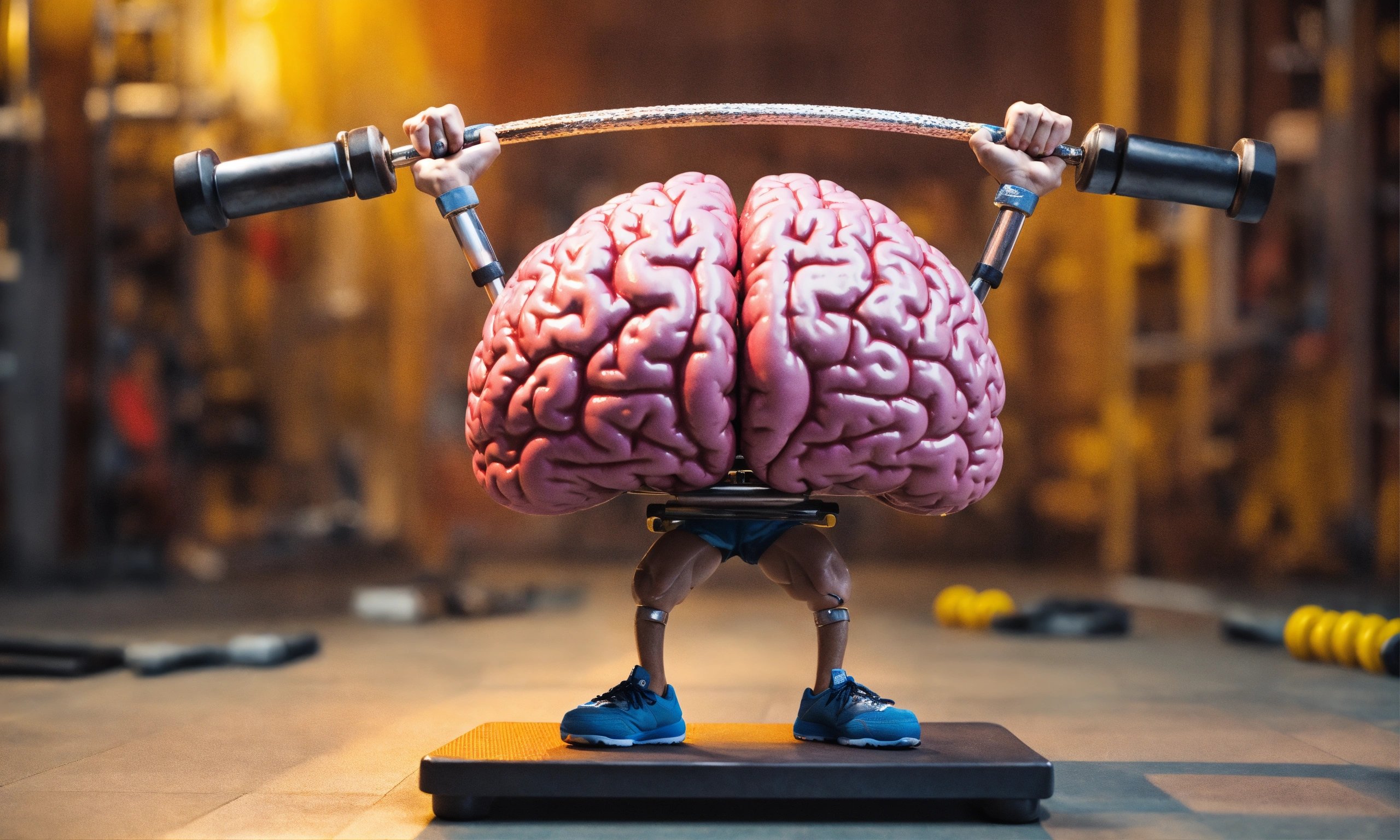- trending-title
- What Is Blockchain Technology and How Does It Work?
- 7011214217
It looks like there's a small typo there! I think you meant "gallbladder." The gallbladder is a small, pear-shaped organ located beneath the liver. Its main function is to store and concentrate bile, a digestive fluid produced by the liver. When you consume food, especially fatty meals, the gallbladder contracts and releases bile into the small intestine through the common bile duct. Bile aids in the digestion and absorption of fats, helping to emulsify them into smaller particles for easier digestion.
The gallbladder plays a crucial role in the digestive process, and issues such as the formation of gallstones can affect its function, leading to symptoms like abdominal pain. If you have specific questions about the gallbladder or its functions, feel free to ask!
The gallbladder has several parts that contribute to its structure and function:
Neck: The neck of the gallbladder is the narrow, tubular portion that connects to the cystic duct. The cystic duct further joins with the common hepatic duct to form the common bile duct.
Body: The body is the main and larger portion of the gallbladder. It is the section where bile is stored and concentrated between meals.
Fundus: The fundus is the rounded, bulbous part of the gallbladder. It is positioned at the opposite end from the neck and is often the part that is visualized in imaging studies.
Cystic Duct: The cystic duct connects the neck of the gallbladder to the common hepatic duct, forming the common bile duct. It is the passageway through which bile flows to and from the gallbladder.
Understanding these parts helps in visualizing the gallbladder's anatomy and its role in storing and releasing bile for the digestion of fats. Any issues with these components, such as blockages or inflammation, can impact the gallbladder's function and lead to digestive problems. If you have specific concerns or questions, feel free to ask!
The fundus of the gallbladder refers to the rounded, bulbous portion of the organ. It is the part of the gallbladder that is farthest away from its connection with the cystic duct and common bile duct. The fundus is typically the most distended or expanded region of the gallbladder when it is full of bile.
When medical professionals refer to the fundus of the gallbladder, they are talking about the rounded end of the pear-shaped organ. Understanding the different parts of the gallbladder, including the fundus, helps in describing its anatomy and function. Issues related to the fundus, such as inflammation or the presence of gallstones, can impact the overall health and function of the gallbladder.
The histology of the gallbladder wall involves the microscopic examination of the tissues that make up the various layers of the gallbladder. The gallbladder wall consists of several layers, each with distinct histological features:
Mucosa:
Lamina Propria:
Muscularis:
Serosa:
Understanding the histology of the gallbladder wall provides insights into its structure and function. For example, the muscularis layer plays a crucial role in the contraction of the gallbladder, allowing it to release stored bile when needed for digestion. Histological examinations are valuable for diagnosing and understanding various conditions affecting the gallbladder. If you have specific questions or need more information, feel free to ask!
The gallbladder is a small but essential organ with specific functions related to digestion and the storage of bile. Here are the primary functions of the gallbladder:
Storage and Concentration of Bile: The liver produces bile continuously, a digestive fluid that contains water, bile salts, cholesterol, bilirubin, and electrolytes. The gallbladder serves as a storage reservoir for bile between meals.
Bile Release during Digestion: When you consume food, especially meals that contain fats, the gallbladder contracts and releases concentrated bile into the small intestine through the common bile duct. This release is triggered by hormonal signals in response to food intake.
Emulsification of Fats: Bile plays a crucial role in the digestion and absorption of fats. Bile salts in the bile help emulsify fats, breaking them down into smaller particles. This emulsification process enhances the action of digestive enzymes, making it easier for the body to absorb fats.
Aiding in Nutrient Absorption: Bile is essential for the absorption of fat-soluble vitamins (A, D, E, and K) and other nutrients in the small intestine.
Maintaining Digestive Balance: The gallbladder's ability to store and release bile in response to dietary fat helps maintain a balance in the digestive process, ensuring efficient fat digestion and nutrient absorption.
While the gallbladder plays a crucial role in digestion, it's important to note that individuals can live a relatively normal life without a gallbladder. In some cases, the gallbladder may be removed due to conditions such as gallstones or inflammation (cholecystitis). After gallbladder removal, bile flows directly from the liver to the small intestine. If you have concerns about your gallbladder function or digestive health, consulting with a healthcare professional is advisable.
The gallbladder can be affected by various diseases, some of which include:
Gallstones (Cholelithiasis): Formation of hardened deposits in the gallbladder, usually made of cholesterol or bilirubin. Gallstones can cause pain, inflammation, and blockage of the bile ducts.
Cholecystitis: Inflammation of the gallbladder, often associated with gallstones. It can cause abdominal pain, nausea, vomiting, and fever.
Choledocholithiasis: Presence of gallstones in the common bile duct. This can lead to obstruction of bile flow, causing symptoms similar to cholecystitis.
Gallbladder Polyps: Small growths or lesions on the inner surface of the gallbladder. While most are benign, some may require monitoring or removal.
Gallbladder Cancer: A rare but serious form of cancer that can affect the gallbladder. It often presents at an advanced stage.
Dysfunctional Gallbladder (Biliary Dyskinesia): Impaired contraction of the gallbladder, leading to symptoms similar to gallbladder dysfunction. It may be associated with pain and digestive issues.
Gallbladder Sludge: Formation of a thick, viscous mixture in the gallbladder, composed of particles similar to those in gallstones. It can contribute to gallbladder problems.
Gallbladder Polypoid Lesions: Abnormal growths in the gallbladder that may require further investigation to determine their nature and potential risks.
The most common diseases of the gallbladder are often related to gallstones and inflammation. Symptoms can include abdominal pain, nausea, vomiting, and digestive issues. Treatment options vary depending on the specific condition and may range from lifestyle changes and medications to surgical removal of the gallbladder (cholecystectomy). If you suspect gallbladder issues or experience symptoms, seeking prompt medical attention is crucial for proper diagnosis and management.
Several diagnostic tests can be used to assess the health and function of the gallbladder. Here are some common tests:
Ultrasound: This non-invasive test uses sound waves to create images of the gallbladder and surrounding organs. It is often the first-line imaging test for gallbladder issues, such as gallstones.
Blood Tests: Blood tests can be conducted to check for signs of inflammation or infection in the gallbladder. Elevated levels of liver enzymes or bilirubin may indicate a problem.
HIDA Scan (Cholescintigraphy): A nuclear medicine imaging test that evaluates the function of the gallbladder and the bile ducts. It involves injecting a radioactive tracer into the bloodstream.
CT Scan: Computed Tomography (CT) scans can provide detailed images of the gallbladder and surrounding structures. They are useful for detecting gallstones, inflammation, or other abnormalities.
MRCP (Magnetic Resonance Cholangiopancreatography): This imaging technique uses magnetic resonance imaging (MRI) to visualize the bile ducts and gallbladder. It is often used to assess the presence of gallstones or other structural issues.
Endoscopic Retrograde Cholangiopancreatography (ERCP): This invasive procedure combines endoscopy and fluoroscopy to examine the bile ducts and gallbladder. It is often used to remove gallstones or to place stents in the ducts.
Abdominal X-rays: X-rays of the abdomen may be taken to identify the presence of gallstones or other abnormalities.
Cholecystography: This is a type of imaging test where a contrast dye is used to outline the gallbladder and bile ducts during X-rays.
The choice of diagnostic test depends on the specific symptoms and suspected issues with the gallbladder. If you are experiencing symptoms or have concerns about your gallbladder health, a healthcare professional can recommend the most appropriate diagnostic tests for your situation.
In conclusion, the gallbladder plays a crucial role in the digestive process, and its health is vital for overall well-being. Various diseases and conditions can affect the gallbladder, ranging from common issues like gallstones to more serious conditions such as gallbladder cancer.
Diagnostic tests, including ultrasound, blood tests, and imaging studies, are essential for evaluating the gallbladder's function and identifying potential issues. Prompt diagnosis and appropriate treatment are crucial for managing gallbladder diseases effectively.
If you experience symptoms such as abdominal pain, nausea, or digestive issues, seeking medical attention and undergoing diagnostic tests can provide valuable insights into the health of your gallbladder. Whether through lifestyle changes, medications, or surgical interventions, addressing gallbladder issues with the guidance of healthcare professionals ensures optimal care and improved quality of life.

In a world that often compartmentalizes physical fitness and...
View Details
Welcome to a journey of profound well-being, where the synergy...
View Details
In a world where health trends come and go, there's one...
View Details
In the pursuit of a healthy and fulfilling life, the harmonious...
View Details
In the hustle and bustle of daily life, finding moments of...
View Details
It looks like there's a small typo there! I think you...
View Details